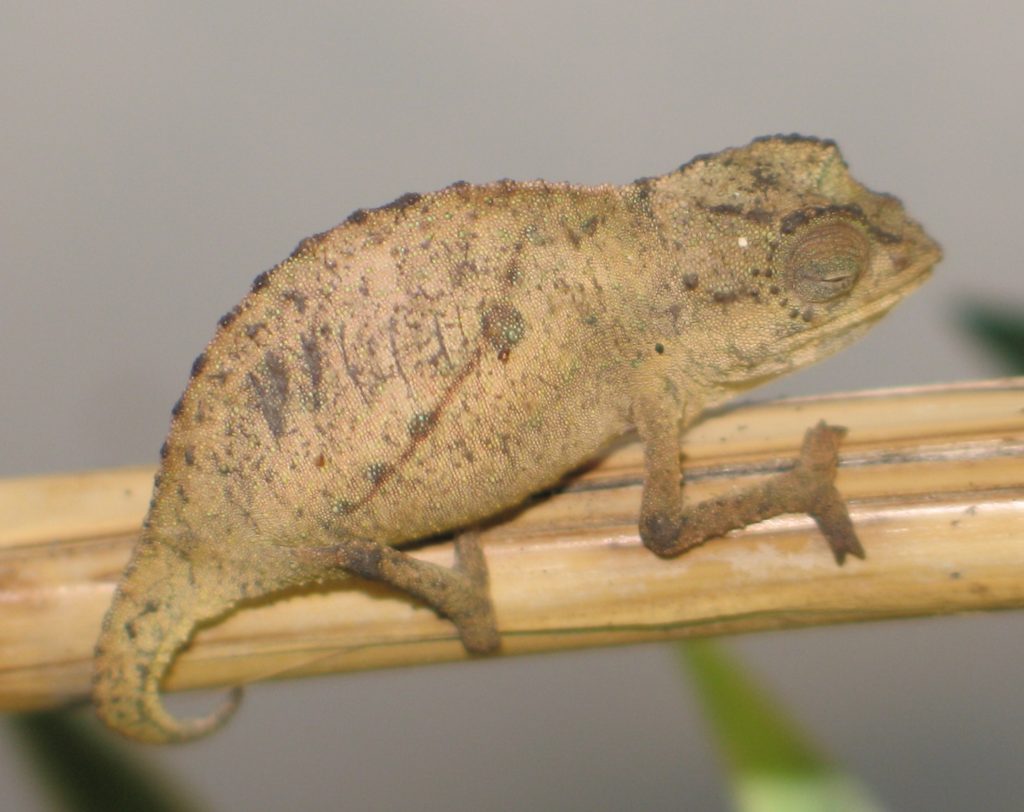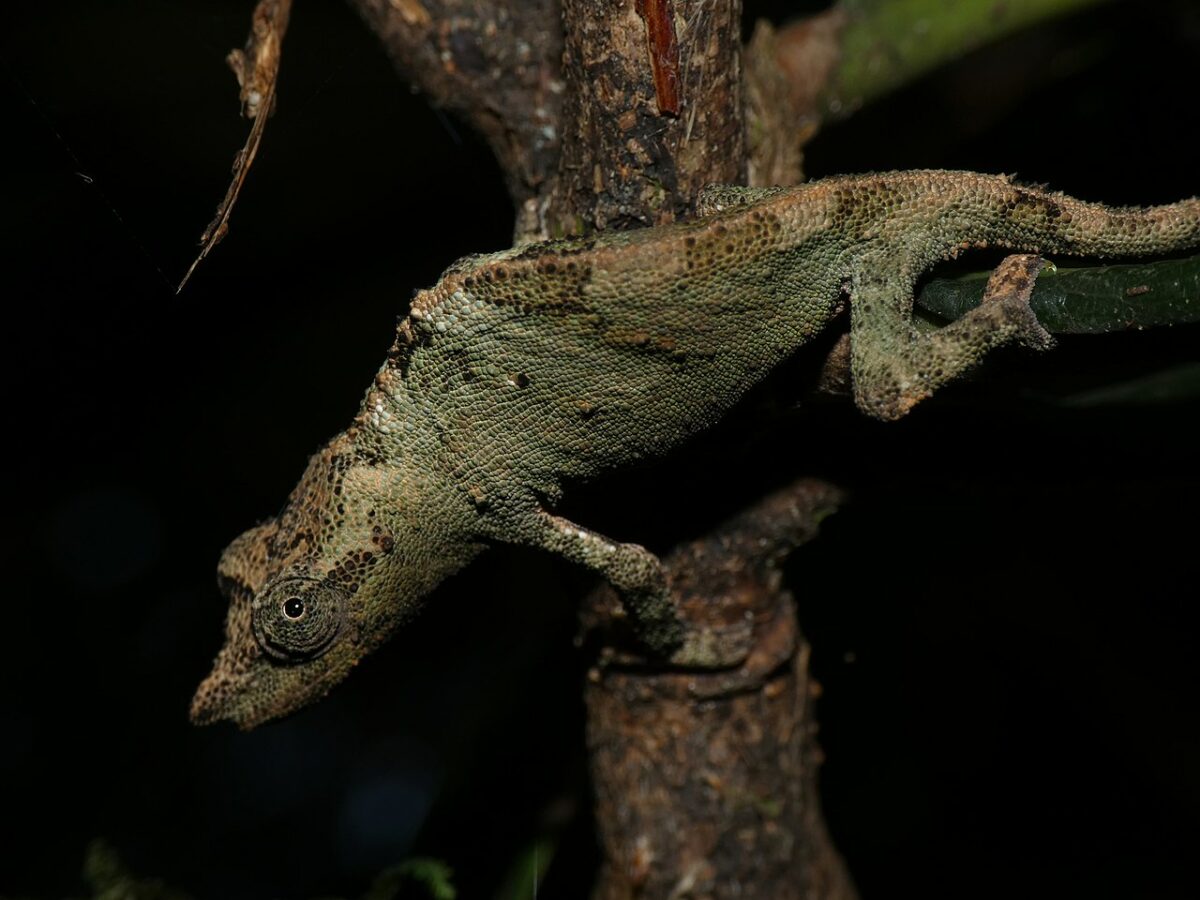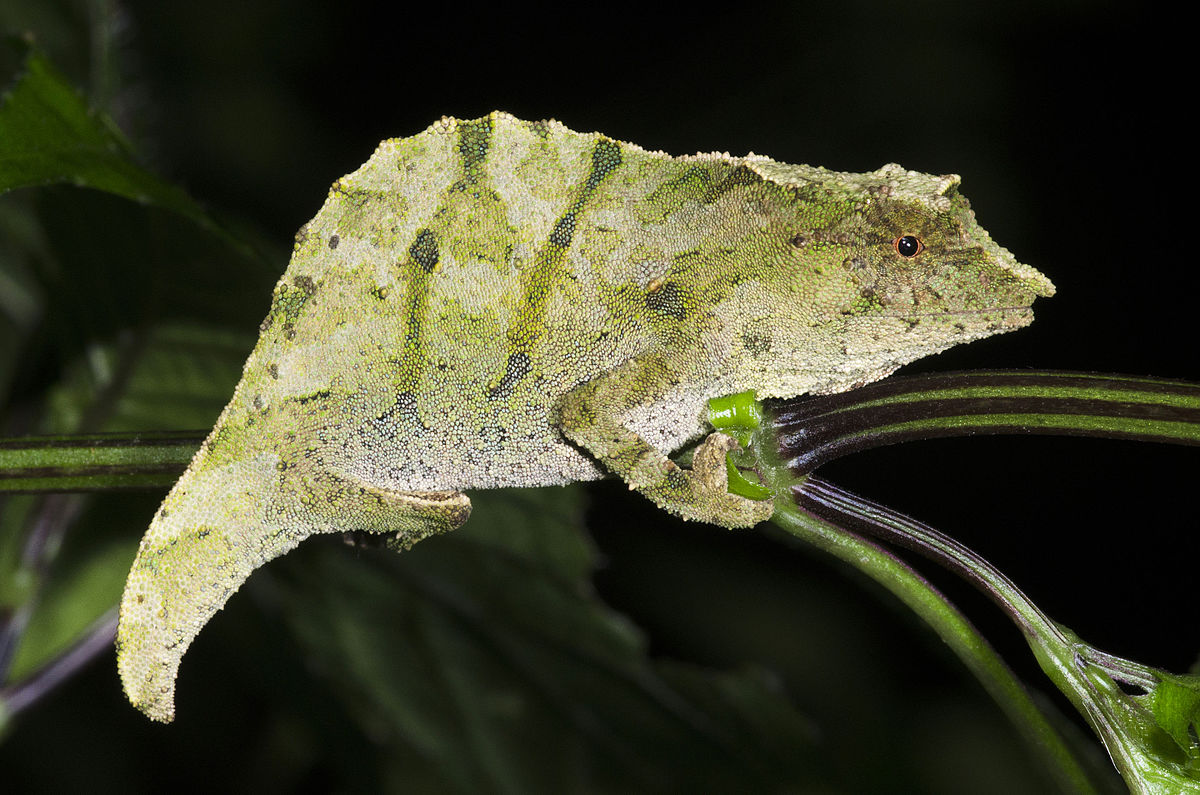Originating from the lush tropical forests of Tanzania, the pygmy chameleon makes an excellent addition to the novice reptile keeper’s collection. Not only are they conveniently petite, but their care also requires less effort in comparison to their bigger reptile kin. Sporting an array of enchanting hues, these amazing creatures transform their colors at will, effortlessly blending with their surroundings.
Meet the Pygmy Chameleon

The pygmy chameleon measures just a humble three to four inches at maturity. Its striking palette ranges from vibrant greens and earthy browns to sunny yellows and pitch blacks. More of a crepuscular kind, these fascinating beings come alive at dawn and dusk. And with proper care, your new pet could grace your life for as much as eight to nine thrilling years.
Creating a Little Tropical Paradise

Successfully caring for a pygmy chameleon calls for a well-crafted habitat, finely-tuned temperature, and diet. Guidelines include:
- No more than three adults should inhabit a twenty-gallon tank or vivarium. Furthermore, a solitary male per tank is a mandatory rule, as males are territorial.
- If you aim for longer life spans, replicate tropical conditions. This includes providing ample live plants and branches for hanging, rock formations, and a sand substrate.
- In terms of temperature, aim for a range of 62 to 82 degrees.
Basking and Hydrating
In addition to arranging the perfect habitat—the right balance of heat and light are vital. Chameleons love to bask, and your pygmy chameleon is no exception. A well-placed water source, where fresh water is a daily standard, is key. Also, to maintain the tropical feel, maintain a high humidity level by frequently spraying the habitat. Lastly, they enjoy fluorescent lighting.
Feeding Your Pygmy Chameleon

While caring for the pygmy chameleon may be relatively straightforward, their taste buds favor live insects such as crickets and worms, over freeze-dried variants. Healthy, frequent meals are key for a content chameleon.
Handling with Care
Gentle handling is necessary given their petite size. Allow sufficient settling-in time before social interaction begins. Increase handling time gradually as they adapt to their new surroundings. With time, your patience will be rewarded with a friendly chameleon.
Differentiating the Genders
Before co-habiting pygmy chameleons, it’s essential to distinguish between the genders. Males are identified by their longer tails and higher crests. Females, on the other hand, carry a wider overall body shape.